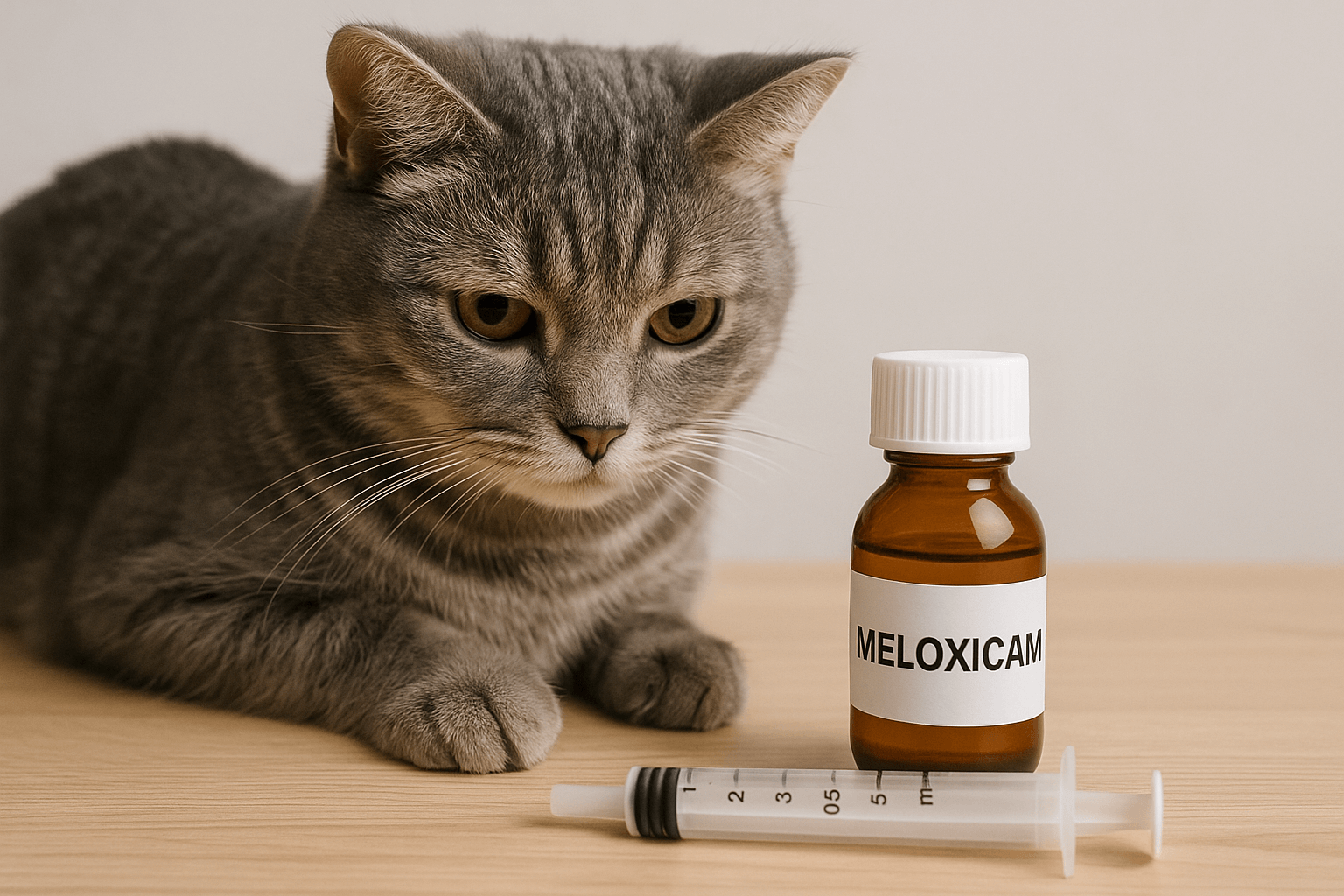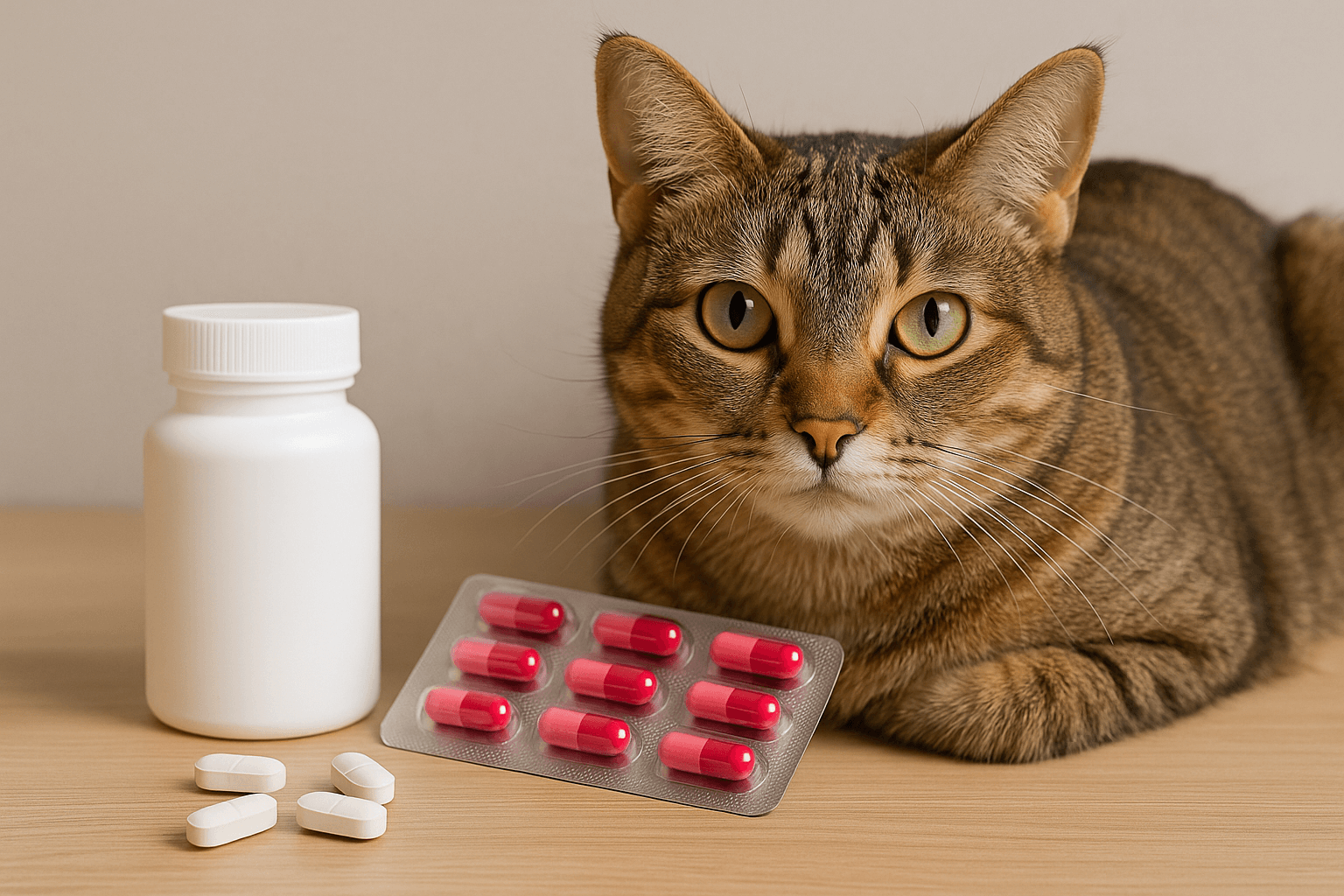Understanding Dog Ulcer Symptoms: A Guide for Pet Owners
As a devoted pet owner, you know how much joy your furry companion brings into your life. But what happens when your dog starts showing signs of discomfort or unusual behavior? One potential issue that might be causing distress is an ulcer. While ulcers are more commonly associated with humans, dogs can also suffer from this painful condition. Recognizing the symptoms early can make all the difference in ensuring your dog gets the care they need. In this blog post, we’ll explore the common signs of dog ulcers, how to identify them, and what steps you should take to help your beloved pet feel better.
Key Symptoms of Dog Ulcers You Shouldn’t Ignore
Ulcers in dogs can manifest in various ways, and being aware of the symptoms is crucial for timely intervention. These signs may vary depending on the type and location of the ulcer, but some general indicators are universal. Keep an eye out for these warning signals:
Loss of Appetite : If your dog suddenly shows disinterest in food, it could indicate oral pain caused by an ulcer.
Excessive Drooling : Increased saliva production often points to irritation or discomfort in the mouth.
Vomiting : Persistent vomiting, especially if it contains blood, is a red flag for gastrointestinal ulcers.
Lethargy : A noticeable drop in energy levels may suggest your dog is dealing with internal pain.
Weight Loss : Unexplained weight loss can occur if your dog avoids eating due to ulcer-related discomfort.
If you notice any combination of these symptoms, it’s essential to consult your veterinarian promptly. Early detection can significantly improve your dog’s chances of recovery.
Behavioral Changes That May Signal an Ulcer
Dogs are masters at hiding pain, but certain behavioral changes can provide valuable clues about their health. When it comes to ulcers, subtle shifts in your dog’s habits may indicate underlying issues. Here’s what to watch for:
Restlessness : Constant pacing or inability to settle down could mean your dog is trying to cope with discomfort.
Aggression During Meals : Growling or snapping while eating might suggest oral pain.
Avoidance of Chewing Toys : Reluctance to play with chew toys could signal mouth sensitivity.
Whining or Crying : Vocalizations during meals or at night may point to internal pain.
Hiding Behavior : Dogs often retreat when they’re unwell, so excessive hiding is worth noting.
These behavioral cues, combined with physical symptoms, can help paint a clearer picture of your dog’s condition. Always trust your instincts as a pet owner—if something seems off, seek professional advice.
Check this guide 👉Understanding Dog Eye Cysts: Best 7 Health Tips!
Check this guide 👉Can I Give My Dog Cetirizine? Best 7 Expert Tips!
Check this guide 👉Understanding Spondylosis Deformans in Dogs: Best 7 Tips!

Common Types of Dog Ulcers | Associated Symptoms |
|---|---|
Oral Ulcers | Swollen gums, bad breath, drooling |
Gastric Ulcers | Vomiting, abdominal pain, lethargy |
Skin Ulcers | Open sores, redness, hair loss |
Corneal Ulcers (Eye) | Squinting, tearing, cloudy eyes |
Intestinal Ulcers | Diarrhea, blood in stool, weight loss |
How Diet Can Influence Dog Ulcer Symptoms
While ulcers can have various causes, diet plays a significant role in both prevention and management. Certain foods can exacerbate symptoms, while others may promote healing. Consider these dietary factors:
Spicy or Acidic Foods : These can irritate the stomach lining and worsen existing ulcers.
High-Fat Treats : Fatty foods may increase acid production, leading to digestive distress.
Processed Foods : Artificial additives can inflame sensitive tissues.
Raw Diets : While beneficial for some dogs, raw diets can introduce bacteria that harm ulcer-prone pets.
Probiotic Supplements : Adding probiotics can support gut health and aid recovery.
By adjusting your dog’s diet thoughtfully, you can create a supportive environment for healing. Always consult your vet before making drastic dietary changes.
Steps to Take If You Suspect Your Dog Has an Ulcer
Identifying potential ulcer symptoms is just the first step; knowing how to respond is equally important. Here’s a guide to help you navigate the situation:
Observe Carefully : Document any unusual behaviors or physical changes over several days.
Isolate Problematic Foods : Temporarily remove items from your dog’s diet that might trigger symptoms.
Provide Comfort : Ensure your dog has a quiet, stress-free space to rest.
Schedule a Vet Visit : Only a professional can diagnose and treat ulcers effectively.
Follow Treatment Plans : Adhere strictly to prescribed medications or therapies.
Taking proactive measures not only supports your dog’s recovery but also strengthens the bond between you and your pet.
Common Triggers for Dog Ulcers You Should Know
Understanding what might cause ulcers in dogs is essential for prevention and early intervention. Certain factors can increase the likelihood of your dog developing this condition. Here are some common triggers:
Prolonged Use of Medications : Non-steroidal anti-inflammatory drugs (NSAIDs) can irritate the stomach lining over time.
Stressful Environments : Changes in routine, loud noises, or separation anxiety can contribute to ulcer formation.
Infections : Bacterial or viral infections may lead to inflammation and ulceration in sensitive areas.
Poor Diet : A lack of nutrients or an imbalance in the diet can weaken the digestive system.
Underlying Health Conditions : Diseases like liver or kidney issues can predispose dogs to ulcers.
By identifying and addressing these triggers, you can reduce the risk of ulcers and improve your dog’s overall health.
How to Support Your Dog During Ulcer Recovery
Recovery from an ulcer requires more than just medical treatment—it also involves creating a supportive environment for your dog. Here are some ways to help your pet heal comfortably:
Provide Soft, Easy-to-Digest Food : Offer bland meals like boiled chicken and rice to avoid irritating the stomach.
Maintain a Calm Environment : Minimize stressors such as loud noises or frequent changes in routine.
Encourage Gentle Exercise : Short walks can promote digestion without overexerting your dog.
Monitor Symptoms Daily : Keep track of improvements or setbacks to share with your vet.
Administer Medications as Prescribed : Consistency is key to ensuring treatments are effective.
With patience and care, you can make the recovery process smoother for your furry friend.
Signs That Your Dog’s Ulcer Is Healing
As your dog progresses through treatment, it’s important to recognize signs of improvement. These indicators can reassure you that your efforts are paying off. Look out for the following positive changes:
Increased Appetite : A return to normal eating habits suggests reduced discomfort.
Improved Energy Levels : Your dog becoming more active is a good sign of healing.
Reduced Vomiting : Fewer episodes of vomiting indicate the stomach lining is recovering.
Better Coat Condition : A shiny, healthy coat reflects improved overall health.
Decreased Pain Signals : Less whining or restlessness shows your dog is feeling better.
While these signs are encouraging, always follow up with your vet to confirm full recovery.
Frequently Asked Questions About Dog Ulcer Symptoms
What causes ulcers in dogs?
Ulcers can result from infections, prolonged use of medications like NSAIDs, stress, or underlying health conditions such as kidney disease.
Are ulcers in dogs treatable?
Yes, with proper veterinary care, most ulcers can be managed or cured using medication, dietary adjustments, and lifestyle changes.
Can I prevent my dog from getting ulcers?
While not all ulcers are preventable, maintaining a healthy diet, reducing stress, and avoiding unnecessary medications can lower the risk.
How long does it take for a dog ulcer to heal?
Healing time varies based on the severity and location of the ulcer but typically ranges from a few weeks to several months.
Should I stop giving my dog medication if I suspect an ulcer?
Never stop prescribed medications without consulting your vet, as abrupt discontinuation can worsen the condition.
Final Thoughts: Prioritizing Your Dog’s Health
Ulcers in dogs may seem daunting, but understanding the symptoms and taking swift action can ensure your furry friend receives the care they deserve. By staying vigilant and partnering with your veterinarian, you can address any health concerns effectively. Remember, your dog relies on you to advocate for their well-being—so trust your instincts and never hesitate to seek professional guidance. With love, patience, and proper treatment, your loyal companion will soon be back to their happy, playful self.
Cat Fever Treatment: Best 7 Expert Tips! Discover expert advice on identifying, managing, and treating fever in cats to ensure their quick recovery and well-being.
Understanding Meloxicam for Cats: Best 7 Expert Tips! Learn how to safely administer meloxicam, manage side effects, and ensure your cat's comfort with expert advice on feline pain relief.
Amoxicillin for Cat UTI: Best 7 Expert Tips! Discover safe usage, dosage guidelines, and expert advice on treating feline urinary tract infections effectively with amoxicillin.
Understanding Cat Cancer Treatment: Best 7 Expert Tips! Discover expert advice on managing feline cancer, from early detection to treatment options, ensuring your cat’s health and comfort.





